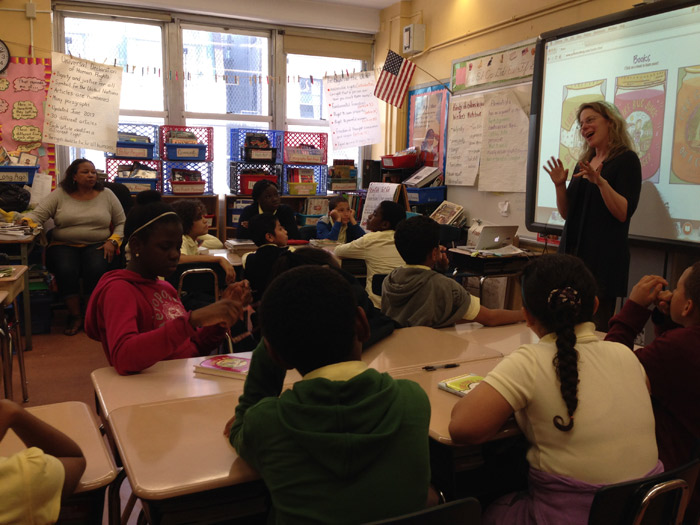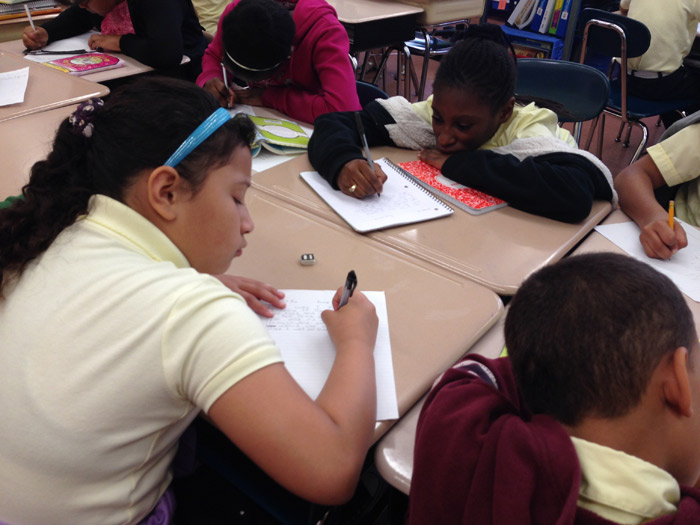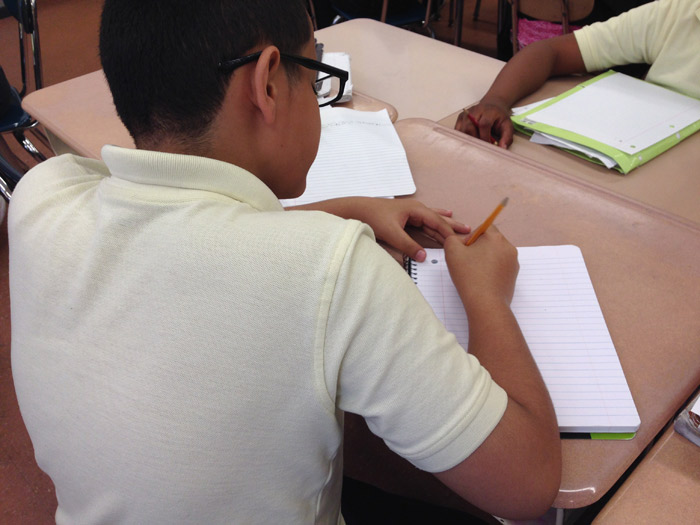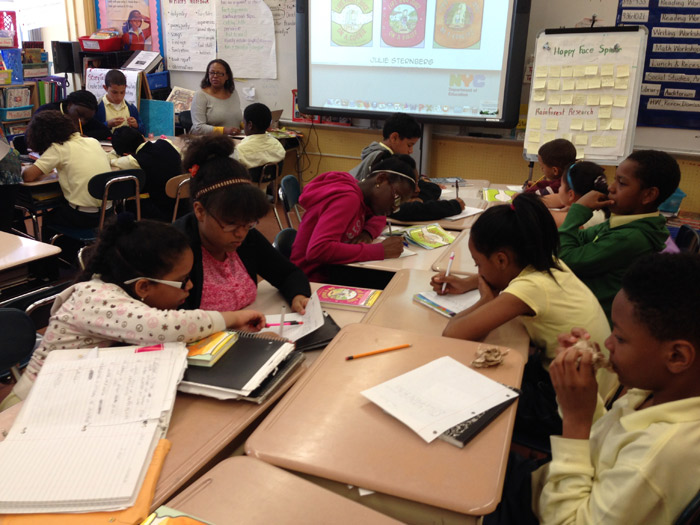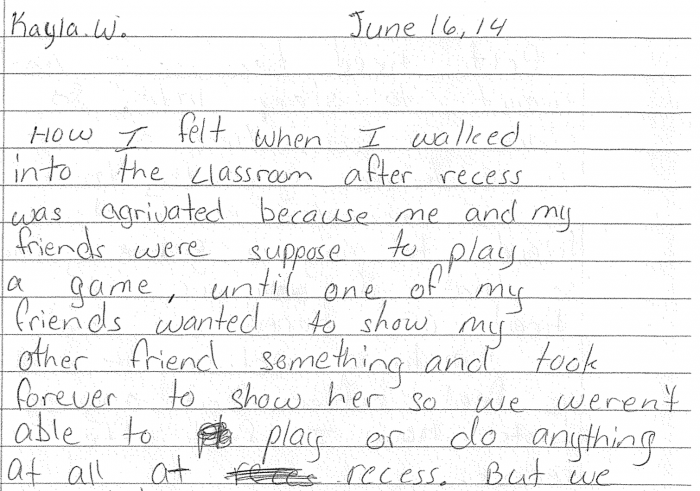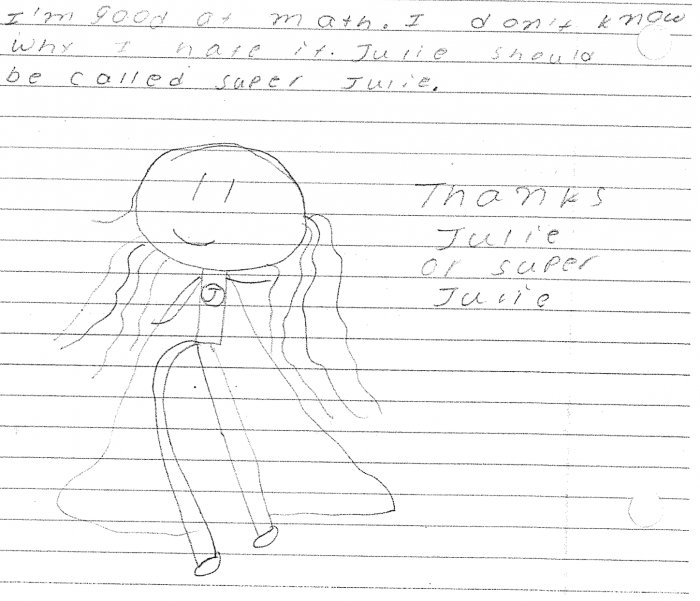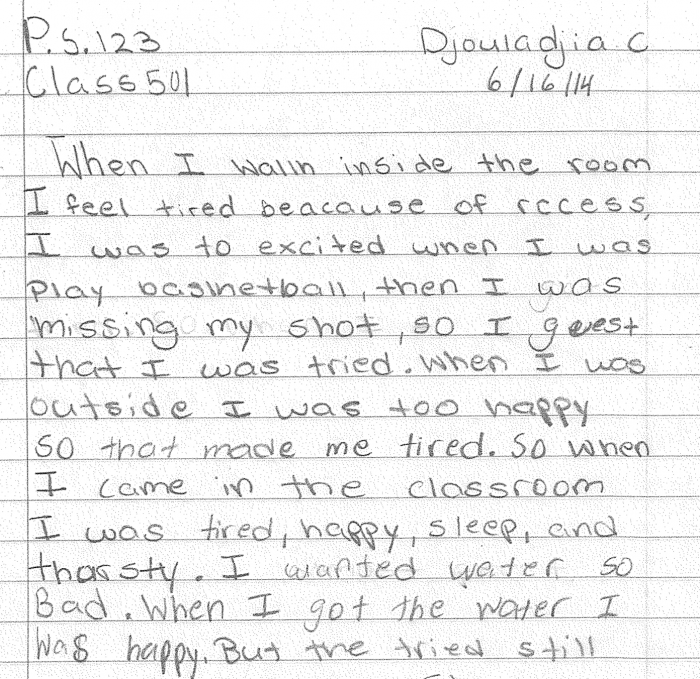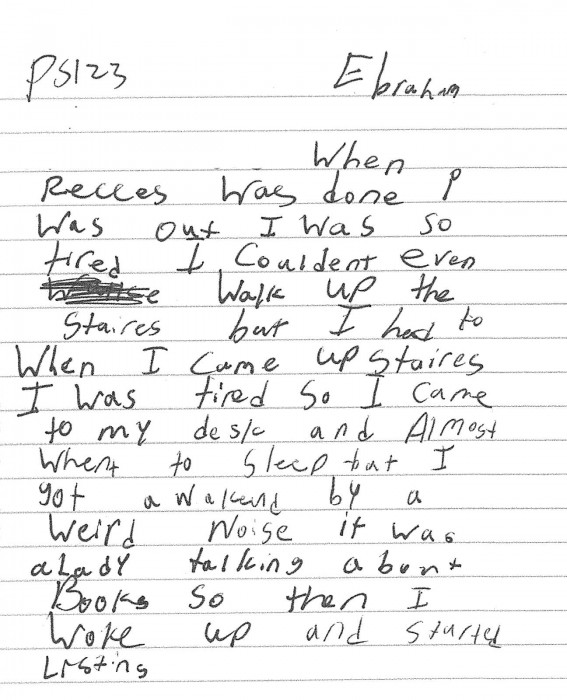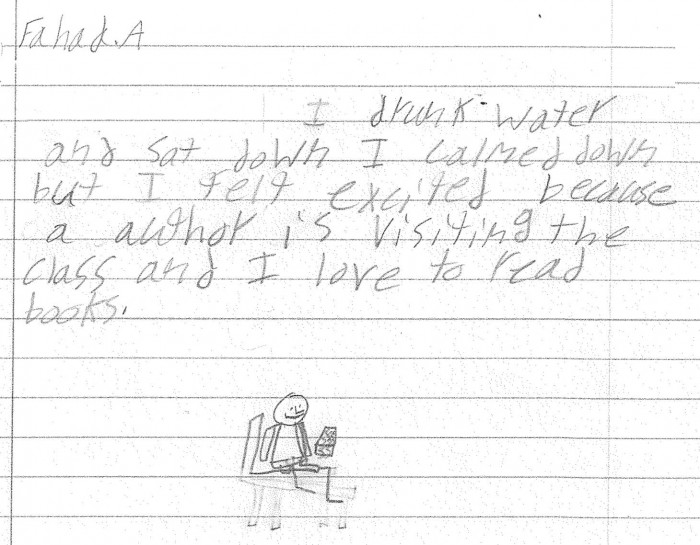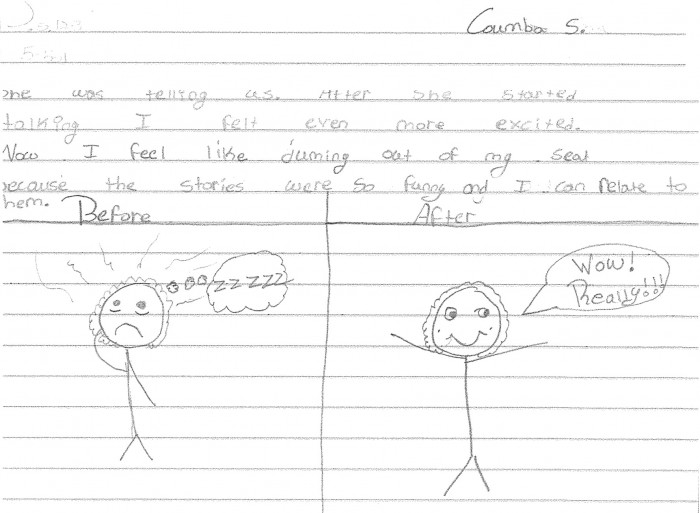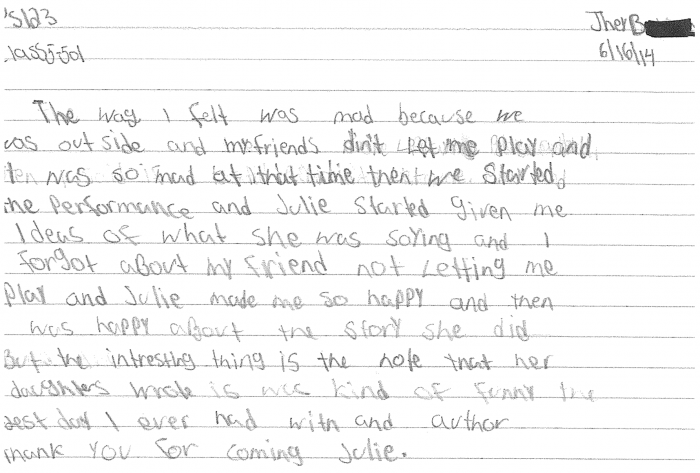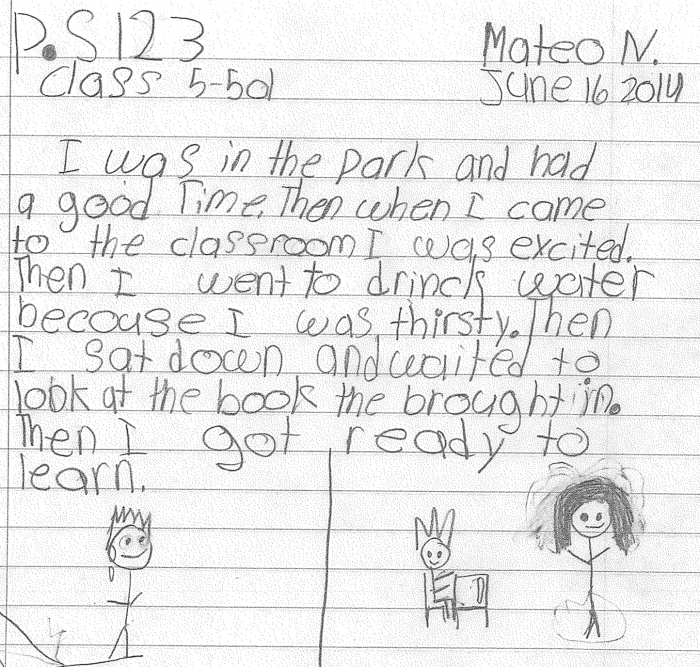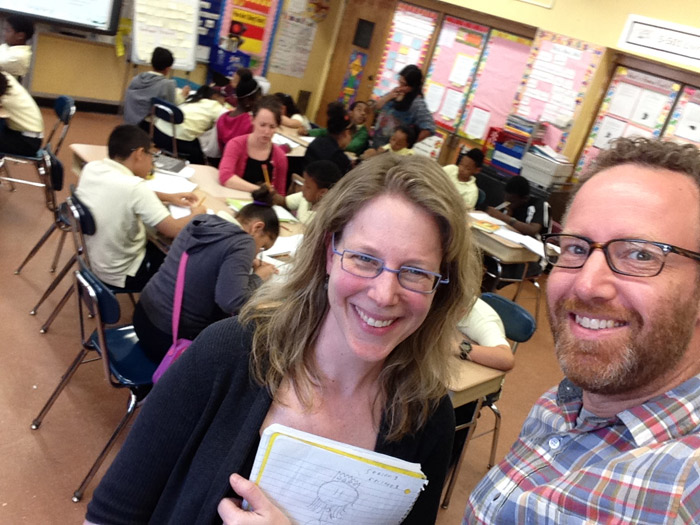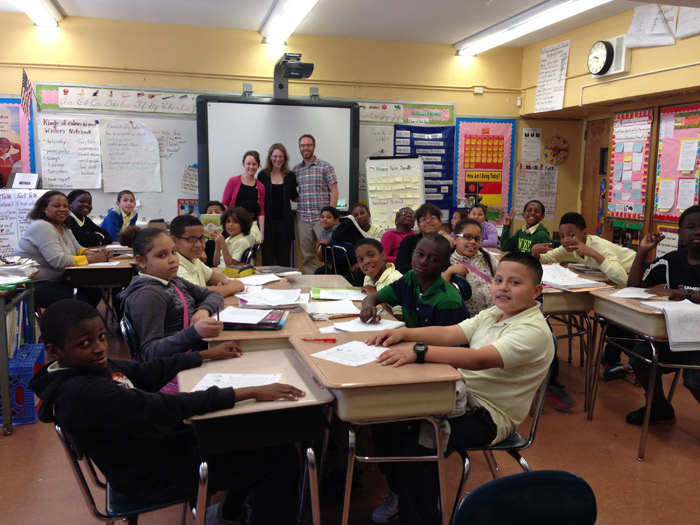I set out to hire an intern this summer, and wanted to consider how this experience may be helpful to writers and other creative entrepreneurs. You know, the OVERWHELMED folks (perhaps this is you?) who are trying to do so much – writing, publishing, marketing, a day job, managing family, dishes, laundry – while still trying to not lose their minds.
Recently, I was reflecting on how “publishing is a team sport,” and have been considering the many ways that others assist in the publishing process. For an individual author, there is an increasing possibility of bringing on assistance by hiring a virtual assistant or an intern.
Well, for me and my work, I decided that creating a team was overdue. So I wanted to share what I have learned so far. As usual, I will obsess about the unexpected emotional side of this process, and how that affects decisions.
The end result of the process is that:
- More than 60 people applied (WAY more than I expected.)
- I interviewed around 20 of them.
- I hired three paid interns for the summer. Each has a unique role (described below), and all are part-time.
Everyone Seems Like They Are Trying To “Get Their Foot in the Door” of Their Passions and Dreams
I was blown away by who applied. I am not fully sure what my initial expectation was, but it wasn’t 60+ passionate and skilled people of all ages and all walks of life. I suppose I had assumed an “intern” meant someone young just trying to “get their foot in the door,” and what I found was that everyone – REGARDLESS OF AGE AND EXPERIENCE – seemed to feel that way. They wanted their foot in the door not to “a job,” but to an experience that would help lead them down the path of what they TRULY wanted to do for a living.
Now, my tiny company and this internship do not represent “the door,” but rather, working with SOMEONE who cares about the same end goals. A lot of people said they wanted to see what it was like for me to run my own business, and learn from that. It reminded me of how many people are considering “making the leap” to their own venture, but are (rightfully) nervous about how to do that in a practical sense.
When reviewing applications, I considered questions such as: “Gee, shouldn’t I select someone young because this could be the start that they need in such a crowded market?” And then I immediately had the opposite thought: of how wonderful it would be to work with someone who is older and looking to finally realize their dreams by developing certain skills.
In the end, of course, the question of age was irrelevant, but it was intriguing for me to feel the exact same motivation from people regardless of age. “Internship” was not relegated to something someone does in college, it is representative of something bigger and more universal: an opportunity to learn and connect.
The Entire Process Made Me Nervous That I Would Let People Down
Everyone who applied seemed really interesting, and so many of them seemed like people who I couldn’t consider NOT hiring. So at every phase, I became nervous that I would be letting people down who had applied with such enthusiasm.
For instance, when asking for interviews, I almost begin to feel bad in emailing so many (1/3 of applicants) because I don’t want to get someone’s expectations up, talk to them, and then feel I am rejecting them. Like, I was interested enough to chat, but then didn’t like them enough to hire them.
The entire process was filled with fear that I was creating a negative situation – raising an expectaion, dashing a hope. I would receive lovely emails from candidates, they spoke about their enthusiasm, how the internship is perfect for them. And here, I was telling most of them, “Um, thanks, but no.” When in reality, I was basically just overwhelmed with their generosity and enthusiasm.
Even as I worked through the decision-making process, I felt a sense of loss. That there were so many people who seemed AMAZING, and I had to pass up an opportunity to work with all of them.
Selecting who to interview was not easy. In the end, I tried to identify folks who either:
- Seemed most qualified
- Seemed to stand out in some odd way
- Ensure I interviewed a wide range of different types of folks (race, gender, age, experience) and personality (enthusiastic, serious, extrovert/introvert, local/distant, big social media presence/zero social media presence)
Trying to “be fair” became an obsession, and one with no clear rules.
Selecting who to hire was even more difficult. I ended up with a list of ten people who I couldn’t reasonably NOT hire because they were so interesting to consider working with.
Resumes Were Not As Helpful As I Thought
Resumes seemed to be the least helpful thing someone could provide. This was pretty surprising to me. The language on resumes often had “best practice” garbage that told me nothing about the person. For instance, phrases such as: “Detail-oriented team player,” blah blah blah blah. This type of language gave me no sense of what REALLY mattered to this person.
I wanted to see a face and hear their enthusiasm. What I found is that, before an interview, nothing did this like social media profiles. Many people provided links to their’s, which was nice. NO, I was not trying to see if someone was “professional” enough, I didn’t use them to screen people out. What I loved seeing was who this person is as a HUMAN BEING who lives in this world in their own unique way.
So much about working with someone is about getting along, not about ticking off boxes of “requirements.” On social media, I can see who you are. to be clear, I am NOT JUDGING who you are, I am simply just getting a sense of the person – the tone, the passion, and take you from being “Candidate #21” to being a name and a face and a personality who represents a worldview and a wide range of skills.
Which is what I hire for. (more on that below)
For instance, there was one candidate that had so little in their cover letter to sink my teeth into , and their resume was super basic because they didn’t have a lot of professional experience yet. It all felt very blah, very thin. But when you clicked on their social media profiles – BOOM – a real person appeared. One with instagram photos, tweets, status updates, etc, that felt like someone worth talking to. Someone who had interests, passions, enthusiasm, and a wide range of effective communication skills. At the application stage, this added a lot of nice context.
For When Candidates Applied, Timing Did Seem to Matter
I remember reading a post by Seth Godin recently where he had folks applying for an opportunity to work with him. He overtly said that if you apply near the deadline, you likely don’t have a shot of being selected. At the time, this struck me as unfair. Having now gone through the process myself, I actually began to empathize with his reasoning.
The folks who applied for the internship earlier in the process seem to have a better shot of getting my time. The initial batch of folks who applied in the first few days got two reviews by me. The middle a bit less so. The folks who applied in the last couple of days got a single review. Yes, people who applied at the deadline absolutely got detailed reviews by me, but I was just overwhelmed with candidates at that point, I was working really hard to weed people out because I had 50+ applicants for 1 slot. Did I still offer interviews to folks who applied near the deadline? Yep. Did they get thoughtful and careful consideration TWICE? Likely not. They got a good review of what they sent, then a simple “yes/no” decision for an interview.
I didn’t expect this to be the case, and it made me consider a lot of things as to how we deal with things when overwhelmed with decisions.
You Hire the Person
I have heard this from the likes of Paul Graham, and many others: you hire the PERSON, not a list of skills or accomplishments. There has to be something about who they are that you are investing in, and hoping to be a part of. For Paul, the context was how he invested in tech startups. It was never the clever idea he invested in, but the people who he would be working with. Ideas change will change, he has indicated, but the people don’t. (At least, not much in the short-term of 3-month internships or the tech startup incubator that Paul founded.)
For me, what I looked for most was “enthusiasm.” Why? Because that is something you can’t teach. I can teach processes or skills, but I can’t teach you to care. What is interesting about this is that enthusiasm can be expressed in different ways. Each of the three people I brought on board expressed it very differently, and it is not all about being blindly happy about everything. Mostly, enthusiasm is about caring and communication.
When I think about the most frustrating experiences I had in the corporate world, it is always when I was in situations with people who just didn’t seem to care. They were doing a “job,” and didn’t want to be bothered with the process of “caring.” So the concept of qualitative differences in improving something were shirked off by these people in favor of quantity – how much crap we can move down the pipeline.
Again: checking off boxes vs the qualitative value of the experience. The former is not what I’m looking for.
When Faced With Too Many Great Options, I Went With My Gut Instinct
In the end, I moved forward with people who just felt right. To be clear, LOADS of people I spoke with “felt right” in one way or another. But when I consider why I selected one person over another, it rarely came down to one line item on their resume or something very specific. One person is just someone I felt I could envision working together with them next week more easily. It was a gut decision.
Is this RIGHT? I have no idea. But so much about this is about relationships – about working together, and about serving their needs as well as my own. And while this is all framed as a “3-month internship,” this is really a commitment to each other during that time.
What I am Investing In
The obvious expectation for the business value of bringing on interns should be the return on investment to my business, right? Actually, I have come to believe that ranks third in the list. These two take a greater priority:
- My own ability to integrate others into the processes at WeGrowMedia and in working as a TEAM not a lone person. I have a lot to learn in this regard.
- Developing the skills, and relationships with, these interns. I have to judge “success” by what they take away from the process, not just what the company receives.
If these three people deliver ZERO quantifiable financial value to my business this summer, that is 100% fine by me. I’m excited to grow my own skills, and to be able to spend the summer working on projects with these fine folks.
(Oh, and if you are one of the interns I hired for the summer, please ignore the above 3 paragraphs!)
🙂
Who I Hired and Why
As I mentioned above, I ended up hiring three interns, not just one. In terms of pure financial investment, I played with the number of work hours and start times for each intern, and doubled-down on how much I money I would devote to this project for the summer.
When I began considering hiring 2-3 people, it also allowed me think about things differently. Who I hired began to become a group activity, perhaps how you pick who is on a sports team. Each of the three interns were hired for different skillets and projects:
- One for organizing and optimizing my processes of working with clients and running courses.
- One for research for new projects.
- One for social media and audience engagement.
I felt I could learn a lot from each intern, and would learn how to best serve each in a different way. After all, a big part of this is to help the intern learn and grow in ways that they want.
Did I make all the right choices here? Who knows. Many of you likely have LOADS of experience with hiring, and may point out how I did things wrong. All I can say is that I tried to consider as much as I could, and that I am LEARNING in this process. I will be better at this in three years than I am today. And all I can do in the meantime is be honest.
THANK YOU to everyone who applied for the internship and everyone who helped spread the word! I’m excited to be working with Diane, Rachel, and Kathi this summer!
I would be curious to hear about your experiences and insights in hiring people. Please considering sharing below. Thanks!
-Dan

